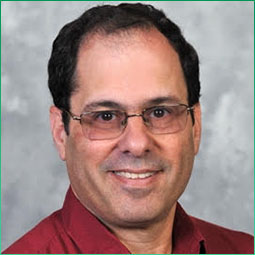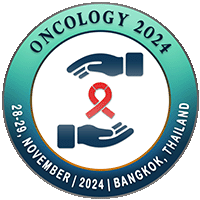
Rony Seger
The Weizmann Institute of Science, IsraelTitle: Targeting the nuclear translocation of MAPKs as a novel anti-inflammatory and anti-cancer therapy
Abstract
Mitogen-activated protein kinases (MAPKs) are signaling kinases that operate within signaling cascades to regulate most stimulated cellular processes. Dysregulation of the cascade is involved in many diseases such as cancer and inflammation. A hallmark of the MAPKs’ activity is their nuclear translocation, where they phosphorylate and activate a large number of targets including transcription factors and chromatin modifiers. Importantly, the MAPKs do not use the canonical nuclear shuttling machinery, which is mediated by importin (Imp)-??? heterodimer that binds to bipartite basic nuclear localization signal (NLS)-containing cargoes. Rather, we elucidated two distinct and well-regulated mechanisms of stimulated nuclear translocation of ERK1/2 or p38/JNK that use Imp7 and Imp9 for the translocation. These mechanisms are very specific to the distinct MAPKs and serve as an unexplored level of transcriptional regulation, crucial for the induction of MAPK-dependent processes. We developed peptides and small molecule that are able to inhibit the interaction between the MAPKs and their cognate importins and showed that they are effective in preventing many cancer types. I will describe our recent studies on the regulation of the nuclear ERK translocation, and how can our finding be used as a new strategy to combat cancer.
Biography
Rony Seger became a group leader in the Weizmann Institute of Science in 1994, was promoted to full professor in 2007 and was the head of the department of Biological Regulation (2011-2017). His research group is interested in MAPK and AKT signaling, and in particular in the subcellular localization of their components. Recently, the group elucidated the distinct mechanisms of nuclear translocation of ERK and p38/JNK, which are used as anti-cancer and inflammation targets. Dr. Seger published more than 230 papers, supervised more than 80 research students and post-docs, and received many prizes and awards.

